How can I increase intrinsic motivation?
Leave a CommentGet the vibe right and intrinsic motivation will follow
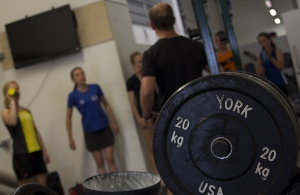 I was training 3 athletes in the gym a couple of weeks ago, they were doing one of my usual warm ups, no music, no shouting, no distractions.
I was training 3 athletes in the gym a couple of weeks ago, they were doing one of my usual warm ups, no music, no shouting, no distractions.
The three were focussed and busy. Another coach walked in, and said
“I wish I was training now, rather than earlier, there is a good Vibe.”
The three athletes were all teenage boys, and were good examples of how young people can train.
What is a Vibe? Is it something we can create, or something we can enhance.? If you are training where there is a good Vibe, then you will probably find that time passes quickly, and you get better results and satisfaction from your training activity.

Running in the country
When on holiday recently I was going for a morning run on a footpath from the campsite, through some woods along a coastal path. The path was uneven, with tree roots, steps and other obstacles.
I had to pay attention to every step that I was taking. The air was clear and fresh, the sun was sparkling on the sea, and I didn’t know what was around the corner. I was fully engaged in the run and was not thinking of anything else.
Compare that to walking into a commercial gym, stepping onto a treadmill and plugging in headphones and watching breakfast television, whilst trying not to listen to dance music or adverts in the gym itself.
The gym is telling you that the run is something to be endured, and that watching tv is a more beneficial activity.
Which run is more likely to create a “Vibe”?
Here are some tips on creating a Vibe in your training sessions:
Having a purpose helps motivation
It is next to impossible to get a good training session under way if you have no plan. For me, it always starts with the warm up, if this is done correctly then the session will follow well. Avoid giving yourself or the athletes an opportunity to ease into it. Have a purpose for the session and then make sure the warm up is related to it.
As a coach, if your programme involves sitting on a foam roller, then moving to a stationary bike, followed by some generic resistance machines and you let them wear headphones, expect your athletes to be bored, demotivated and unengaged.
Have an environment with no distractions
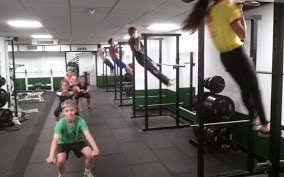 Easier said than done, but if there is a group of you, it is better to train in an empty facility with limited equipment, than a super duper facility surrounded by numpties.
Easier said than done, but if there is a group of you, it is better to train in an empty facility with limited equipment, than a super duper facility surrounded by numpties.
Better to run outside, away from traffic, than on a busy road. Again, we are victims of circumstance and environment, but try and do what you can. That might mean going to the gym at quieter times, or earlier in the morning. Music can be part of it, but should be background, rather than overwhelming.
Get good training partners
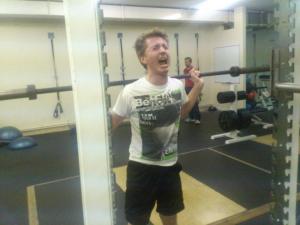
Having training partners helps when it gets hard
You can train alone, or with other people. If you do train with others, then make sure they are there to work and improve too.
I train groups of athletes from different sports, but they work well together because they are all dedicated to improving.
Competitive banter is part of it, but avoid mickey taking. They can afford to make mistakes in the gym, because that helps them learn. The competition is partly with each other, but mostly for themselves.
Positive feedback
Finish on a good note- well done, good job, and then some points to take forward for the next session. You can pat yourself on the back, and then think how that has helped you become a better athlete.
I had never thought about creating a “Vibe” until someone else pointed it out to me, but it is something I try and focus on now. I hope you can get the Vibe soon too.
Further reading:


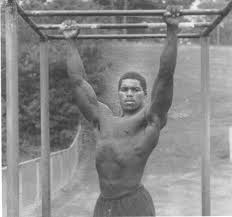 “If you train hard, you’ll not only be hard, you’ll be hard to beat.”
“If you train hard, you’ll not only be hard, you’ll be hard to beat.”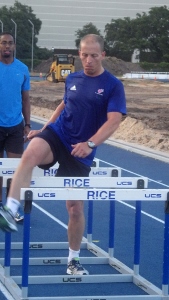 Knowing where you are going is essential before you start out on your journey (I have covered this previously in
Knowing where you are going is essential before you start out on your journey (I have covered this previously in 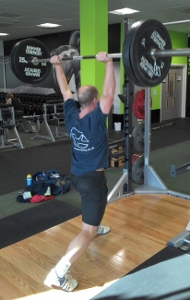 This is the meat of your training session. What changes are you trying to make in your body? If it is to get stronger, then what movements are you trying to get stronger: a push, pull or a squat? Are you trying to develop speed? Then you need to be putting fast work in here.
This is the meat of your training session. What changes are you trying to make in your body? If it is to get stronger, then what movements are you trying to get stronger: a push, pull or a squat? Are you trying to develop speed? Then you need to be putting fast work in here.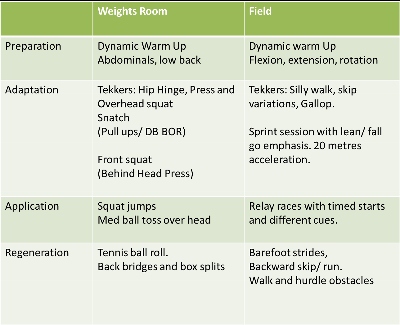
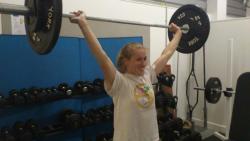 I have left the sets/reps and loads blank because that is down to each individual. But the adaptation theme is for lower body strength in the gym, and for acceleration up to 20 metres on the field.
I have left the sets/reps and loads blank because that is down to each individual. But the adaptation theme is for lower body strength in the gym, and for acceleration up to 20 metres on the field.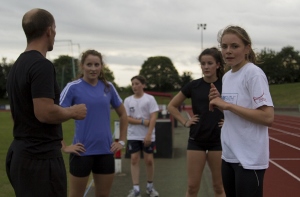 I hope this has given you some insights into how to take charge of your fitness training. These methods work with the athletes I coach, whatever their sport.
I hope this has given you some insights into how to take charge of your fitness training. These methods work with the athletes I coach, whatever their sport. You know what a winner is? A winner is somebody who has given his best effort, who has tried the hardest they possibly can, who has utilized every ounce of energy and strength within them to accomplish something.
You know what a winner is? A winner is somebody who has given his best effort, who has tried the hardest they possibly can, who has utilized every ounce of energy and strength within them to accomplish something. 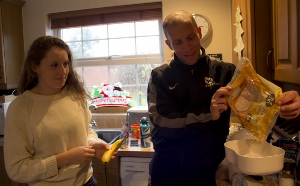 Do you fuel yourself properly? After sleep, this is an easy way of distinguishing between those who are serious about performance and the also-rans. The
Do you fuel yourself properly? After sleep, this is an easy way of distinguishing between those who are serious about performance and the also-rans. The Do your sessions have purpose? Or are they organised despair? There is a big difference between doing “stuff” that gets you tired and
Do your sessions have purpose? Or are they organised despair? There is a big difference between doing “stuff” that gets you tired and 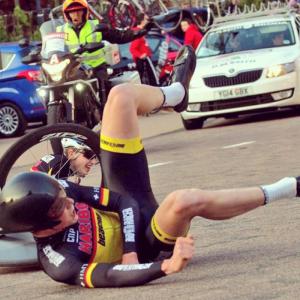 Have you given it your all? This may be hard to quantify, and you can only give the best that you are capable of at that time. If you look in the mirror at the end of the day and say “I had a little bit left” then how will you be able to cope when that choice is taken away from you? Sometimes you have to
Have you given it your all? This may be hard to quantify, and you can only give the best that you are capable of at that time. If you look in the mirror at the end of the day and say “I had a little bit left” then how will you be able to cope when that choice is taken away from you? Sometimes you have to 
 At the base of the pyramid, the most fundamental layer is about ensuring your overall diet is healthy, with ample carbohydrate and fluid to support your training needs and enough high quality protein for recovery and muscle growth as well as plenty of vitamins and minerals (see
At the base of the pyramid, the most fundamental layer is about ensuring your overall diet is healthy, with ample carbohydrate and fluid to support your training needs and enough high quality protein for recovery and muscle growth as well as plenty of vitamins and minerals (see 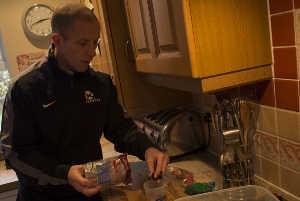 I always like to get a step ahead of my competitors by ensuring that I start training before they do.
I always like to get a step ahead of my competitors by ensuring that I start training before they do. I don’t think it was milk that made Marion Jones run fast.
I don’t think it was milk that made Marion Jones run fast. of fresh vegetables is an important dietary requirement to improve and maintain our health.
of fresh vegetables is an important dietary requirement to improve and maintain our health.